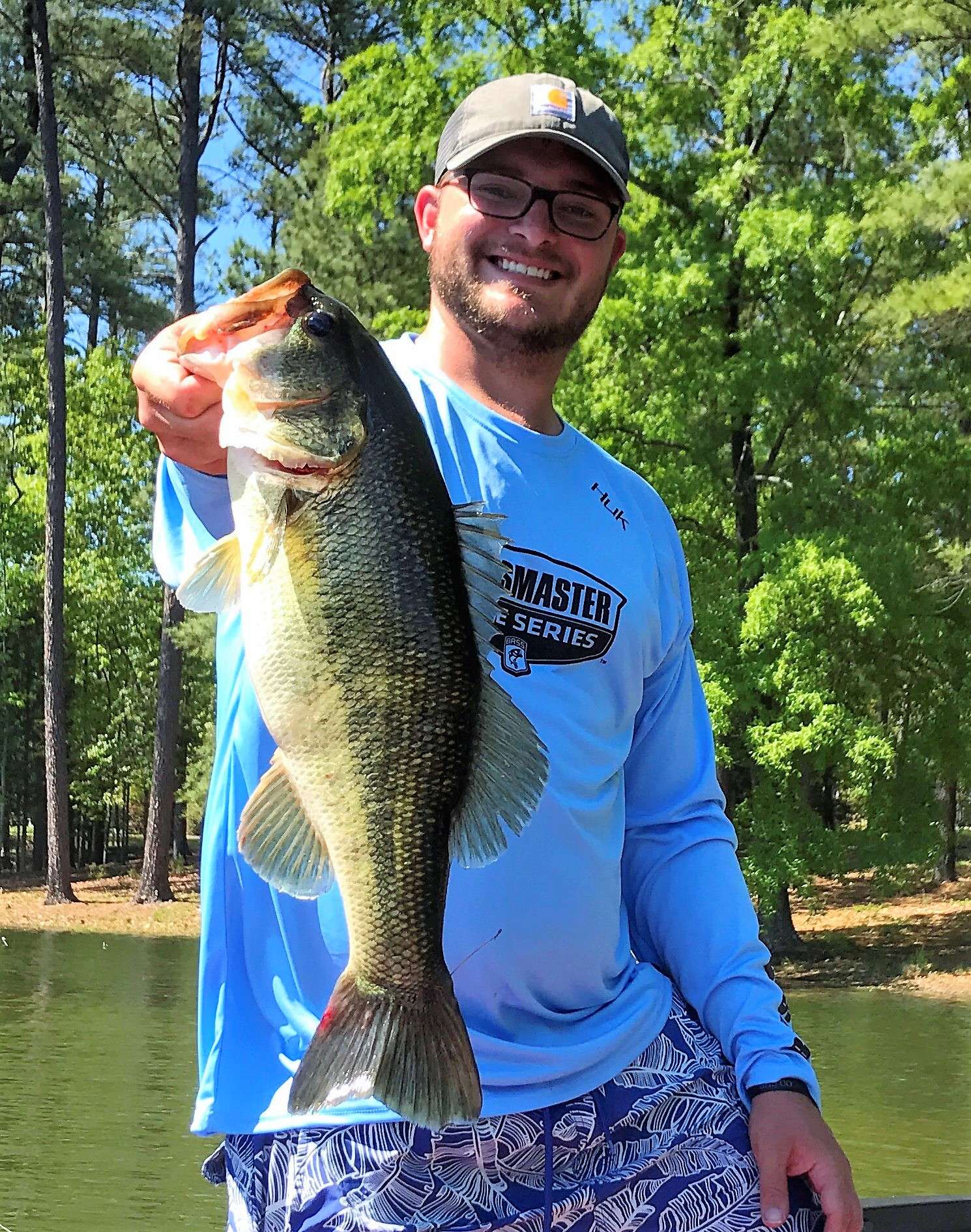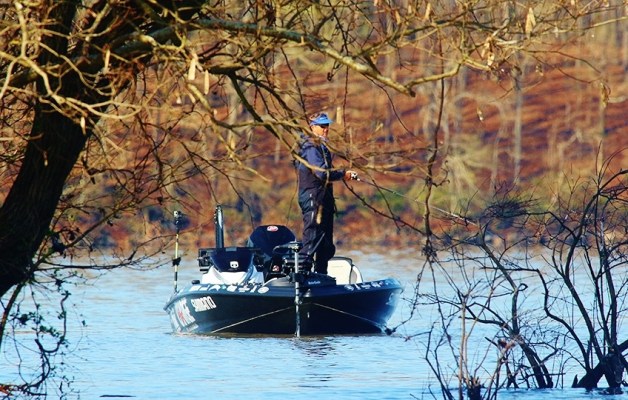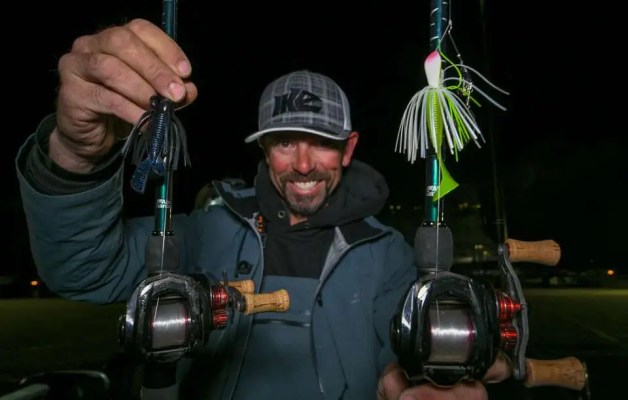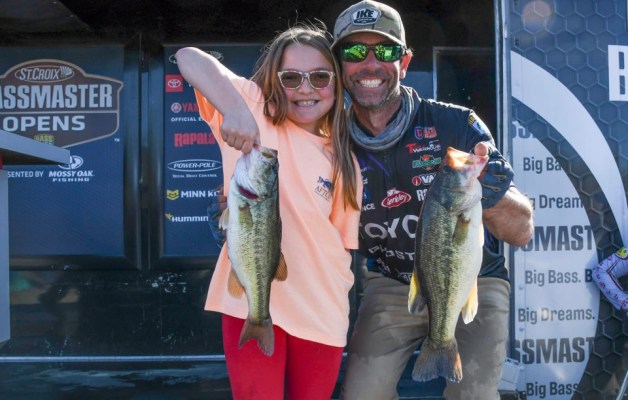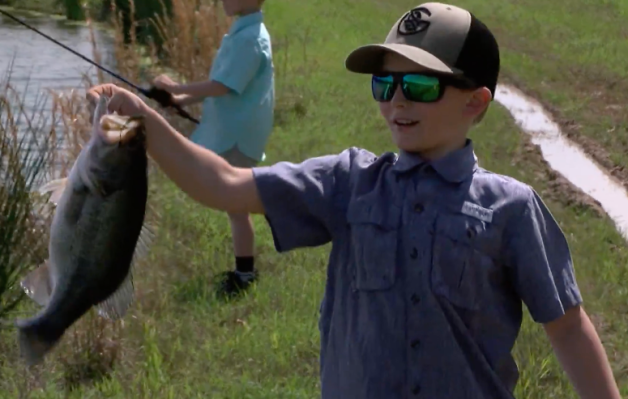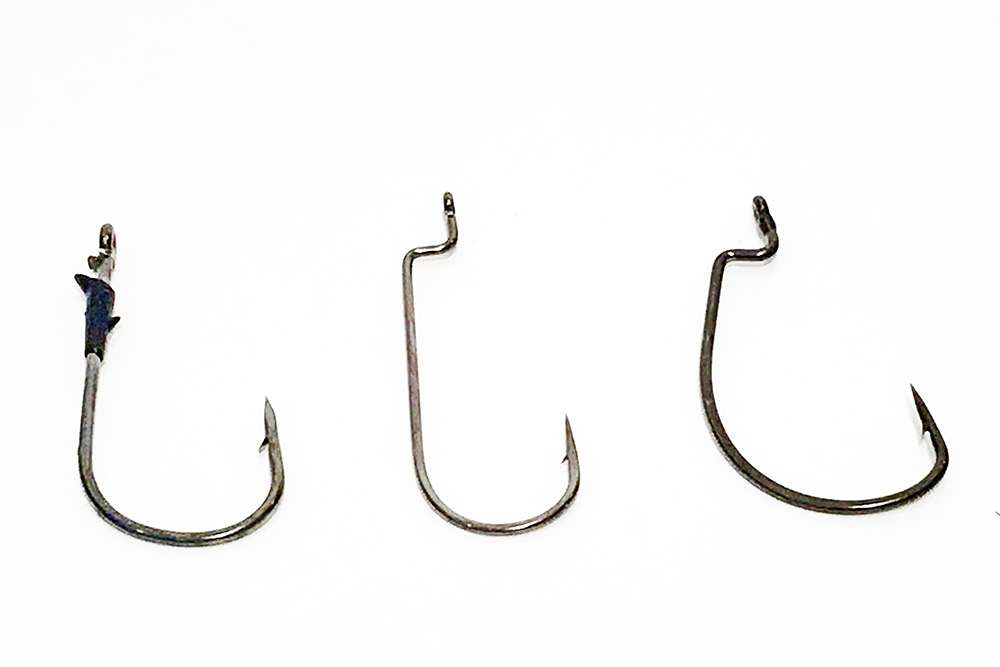
The Texas rig is the all-terrain vehicle of bass fishing, you can throw the Texas rig at any time, any place and any situation. Historically, the term “Texas rig” or “Texas rigging” is used when rigging a soft-plastic bait weedlessly, and it is commonly paired with a bullet or nose weight in front of the hook. The widely used technique is a simple and effective way to catch fish in cover and open water.
With any fish-catching technique, hook selection is key. The Texas rig is no different. The racks of your local tackle shop can be overwhelming, with numerous sizes and shapes of hooks. So, where do you start?
Understanding hook size
Hooks are sized by the number that represents the distance between the point and the inside of the shank or gap of a hook. Larger hooks (1/0-10/0, pronounced “one aught”) increase in size as the number increases. The smaller hooks (1-14), without the 0, or “aught” underneath, decrease in size as the number increases.
Hooks are broken down even further into two baseline wire gauge strengths: light wire and heavy wire. For the purpose of Texas rigging, we will focus on the larger hook sizes and gauges.
Selecting the right size hook and gauge for a Texas rig is crucial to the action of the soft plastic and ensuring the penetration of the hook’s barb inside the fish’s mouth. Generally, the size of the hook should depend on the size of the plastic you are rigging. For example, a large ribbontail worm, such as a 10-inch worm, is best paired with a 5/0 hook because of its size.
With smaller worms and creature-style baits, the action will be sacrificed with a hook that is too large, so I stick with a 2/0, 3/0 or 4/0 hook, sometimes even smaller. It all depends on the bulk of the soft plastic. Go with the smallest hook that you can get away with, provided that you do not compromise the hook’s effectiveness.
When deciding the gauge of the hook, focus on the amount of cover you are fishing around, the line size and rod action. If you are using 20-pound fluorocarbon line, with a heavy- or medium-heavy action rod, in deep cover, a light wire hook is prone to bending out; whereas a heavy wire hook will keep its strength and pull the fish out of the rocks, brush or trees. The same is true when flipping shallow wood or grass with braided line and a heavy-action rod, the heavier the wire of the hook, the less likely the hook will fault.
Don’t always think a heavy wire hook is better though. When you’re using a light-action rod and small-diameter line, a heavy wire hook will not penetrate the mouth of the fish as effectively as a light wire hook because you do not have the same backbone of a heavier action rod.
A lighter tackle choice can excel in clear-water reservoirs, areas lacking cover and when fish are being stubborn or unwilling to bite.
The practice of selecting the right hook size and gauge will increase your Texas rig success tremendously.
Part 2 | Part 3 | Part 4 | Part 5 | Part 6
Editor’s Note: Are you new to bass fishing? Explore our Bass Fishing for Beginners page to find dozens of tips for new bass anglers.

